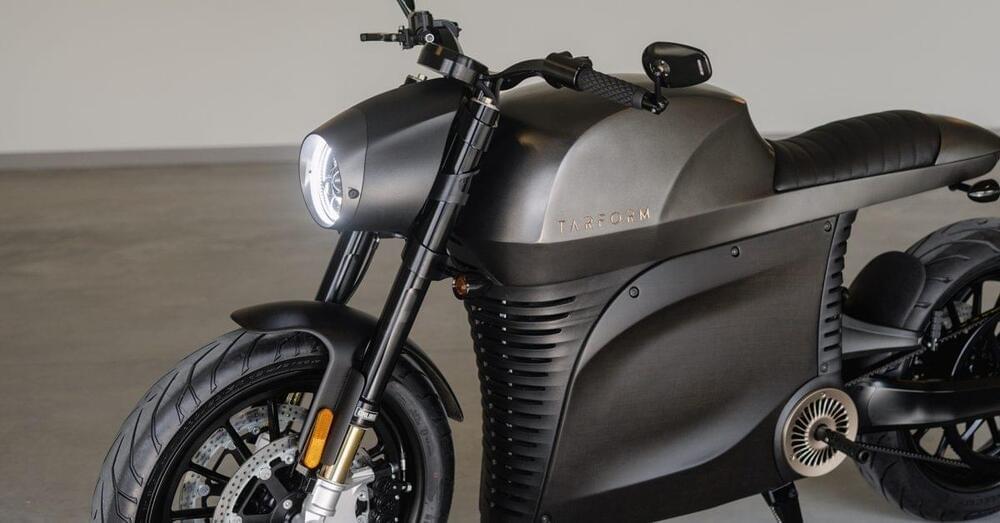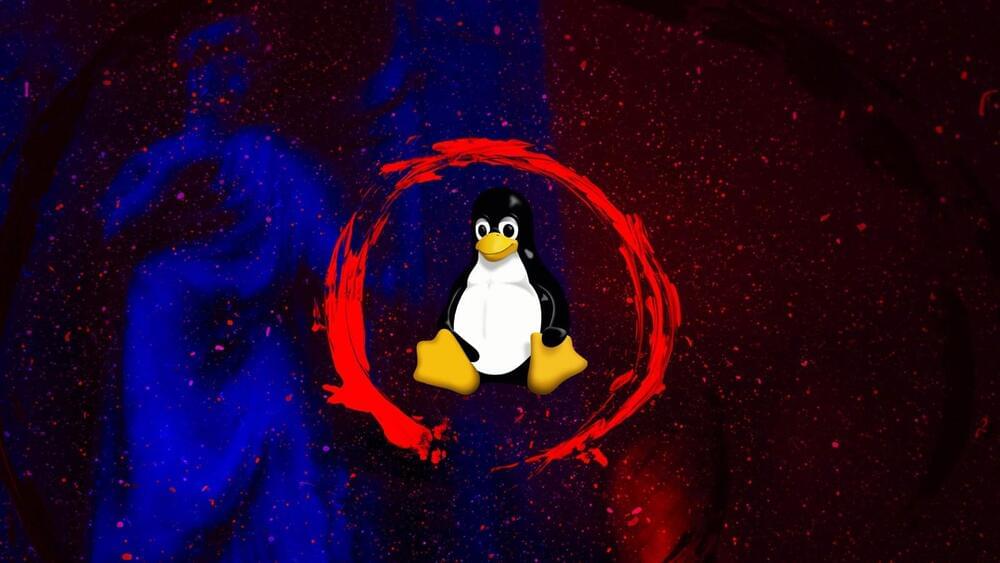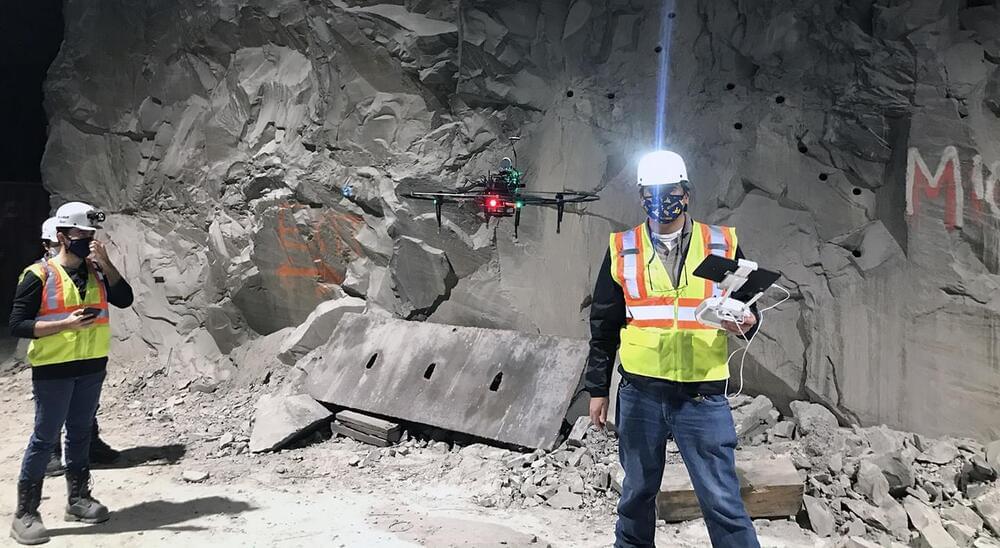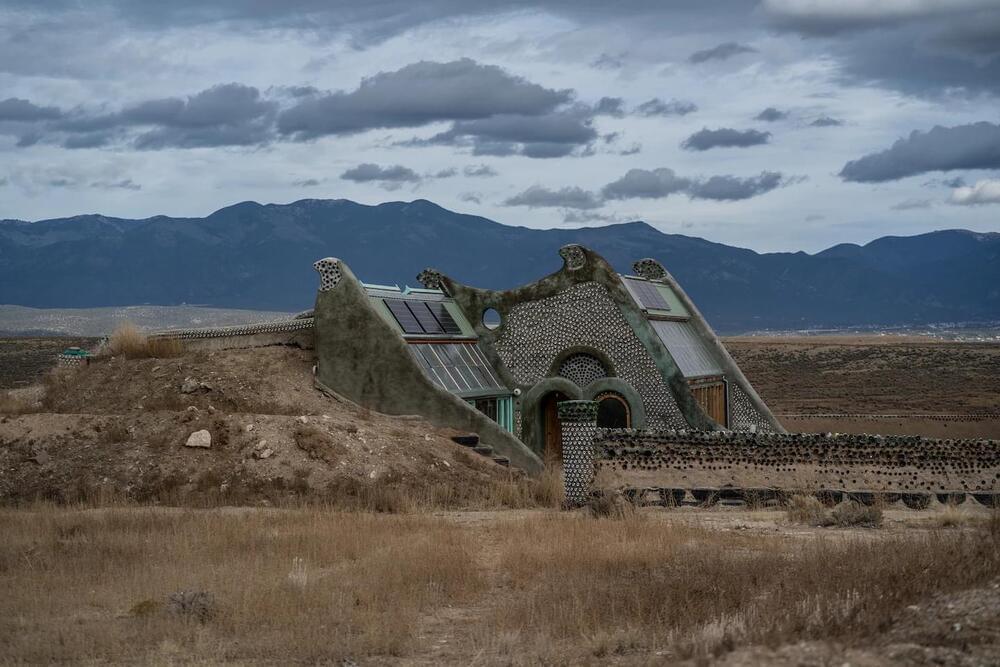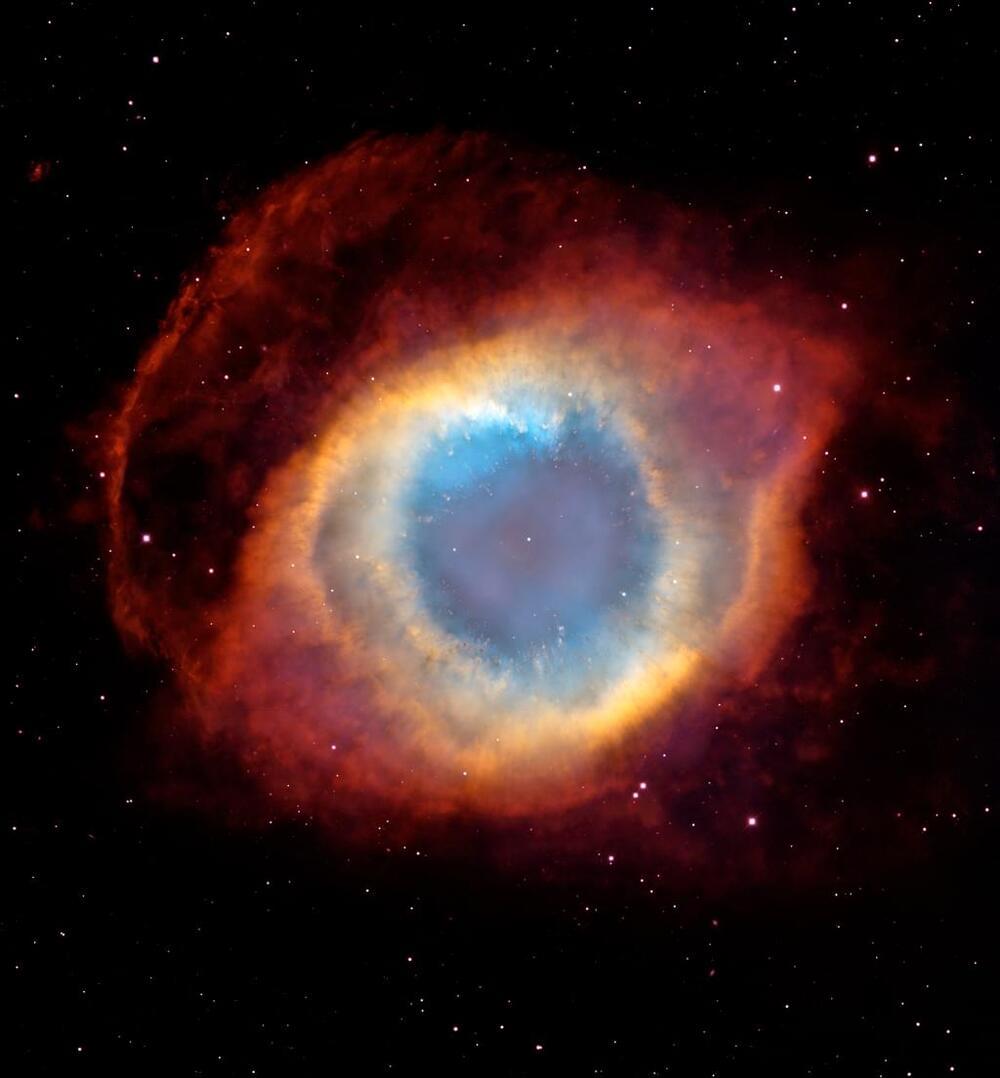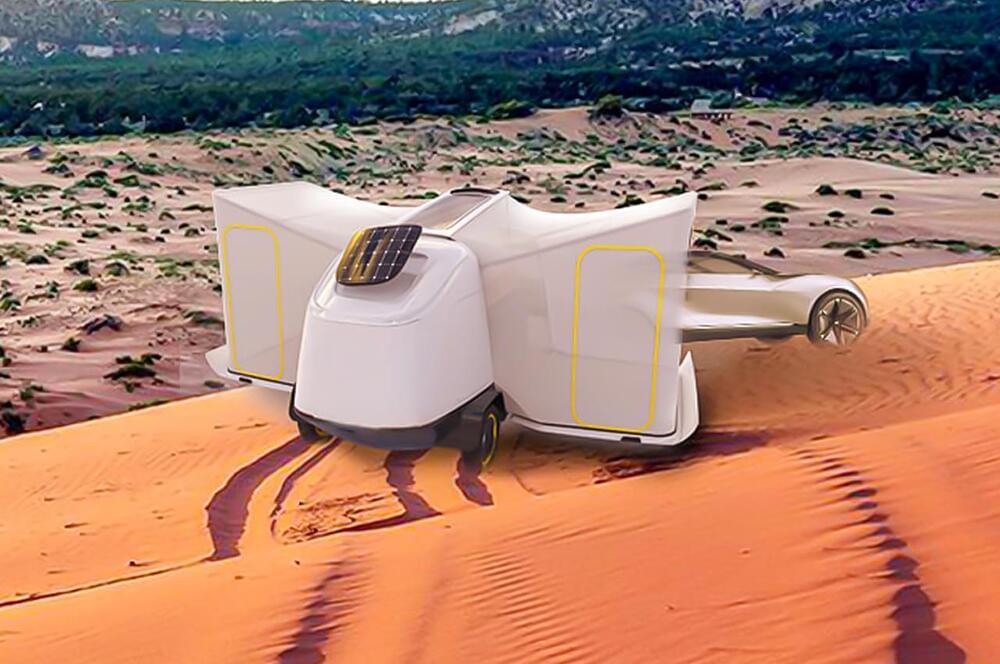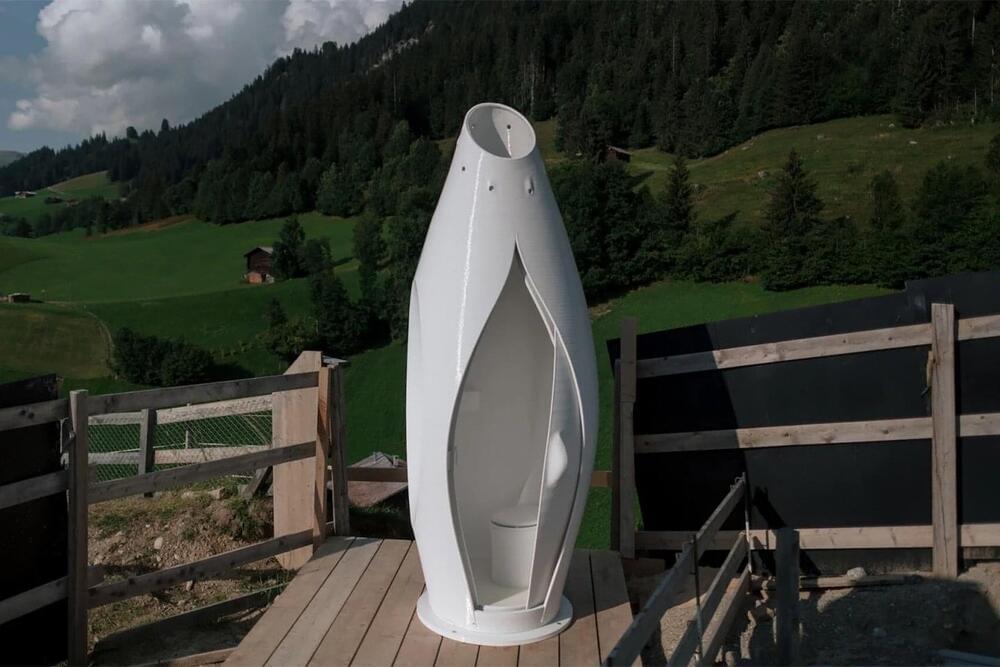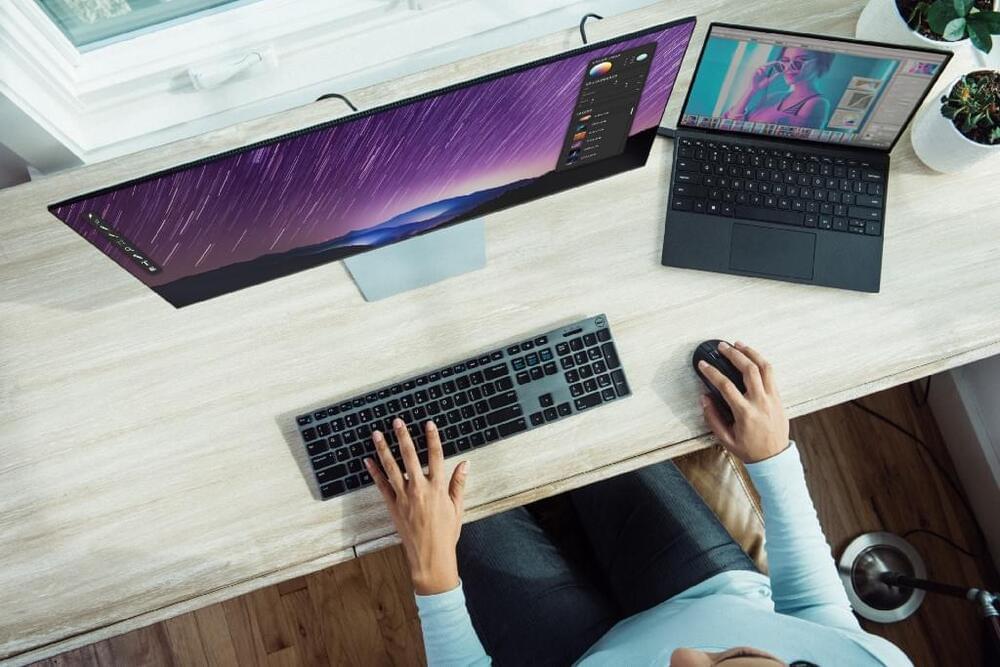Brooklyn, New York-based Tarform Motorcycles began sketching out designs for its slick-looking electric motorcycles almost five years ago. Despite pandemic-related setbacks that delayed production, the company is now beginning deliveries on its first electric motorcycles.
These aren’t just any run-of-the-mill bikes though.
Unlike many of the electric motorcycles we see today that take on a more conventional design intended to please the widest audience, Tarform focused on a more bespoke, hand-made direction from the beginning.
